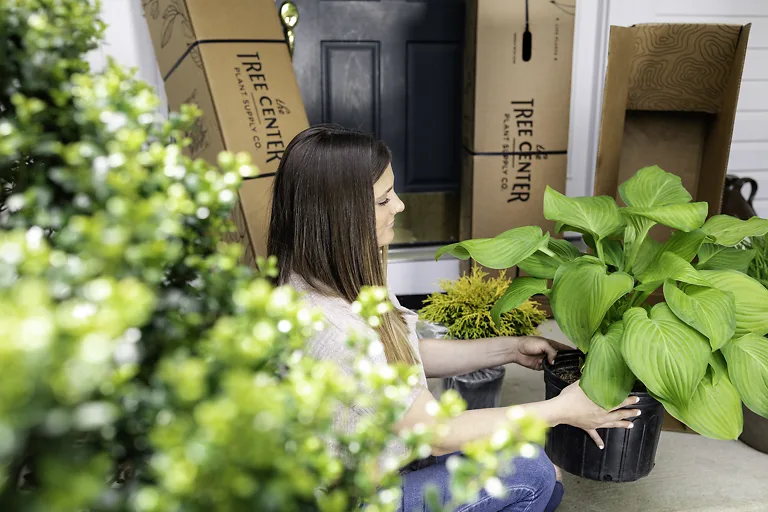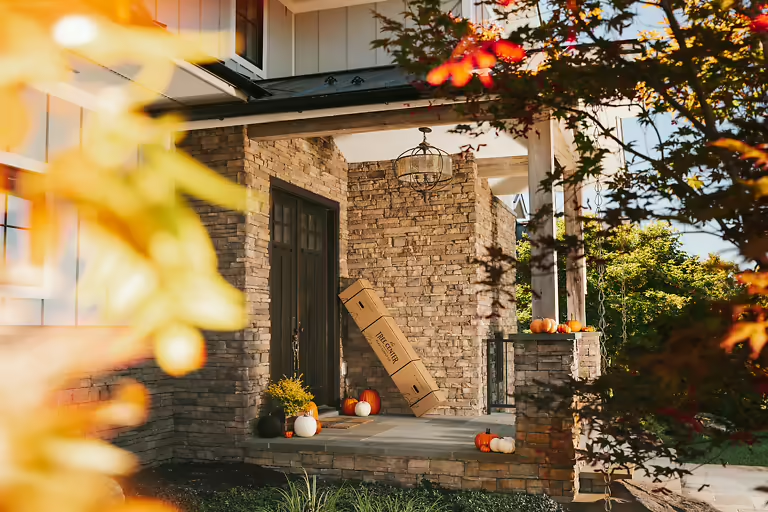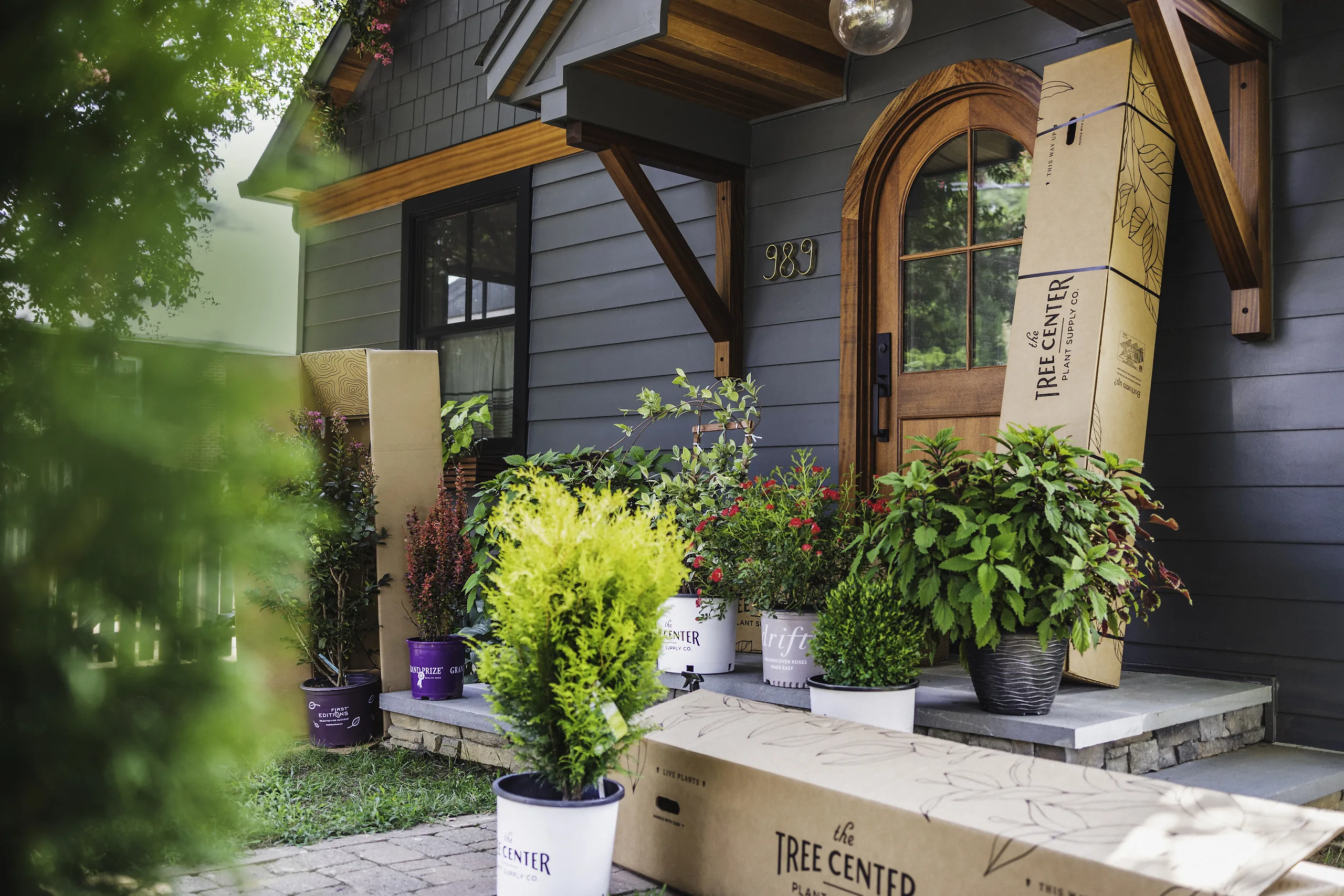
Written by s • How Fast Will My New Plants Grow?
Buying plants for your garden, anything from a load of hedging bushes to a single perennial, always has a little bit of nervousness with it. The newer you are to gardening, the more nervous about your purchase you are likely to be. “Will they grow?” “What do I need to do?” “How do I keep them alive?”, are typical questions that we hear all the time. The other big question, either asked directly or implied in a different question, is, “How long will they take to grow?”
You see, buying plants is a unique and very different thing from buying just about anything else. We buy a car or a loaf of bread, there it is, full-sized, finished and ready to go. Not with plants. Perhaps the nearest is buying a house by hiring an architect. Your house will go through stages of design, making plans, getting permits, hiring a builder, and eventually, perhaps years later, moving in to your new home.
Buying plants is similar. Imagine that you want a new bed. You go to the store and come back with a small box. You open it, and place a tiny bed, not very well formed and perhaps the wrong shape, on the floor and open the directions. “Water regularly and fertilize in spring. Prune the legs to make sure they grow straight. Turn every week to keep the growth even, otherwise one side will be bigger. Watch out for Japanese beetles, that might eat the sheets.” No wonder everyone is nervous!
Yes, nothing else is like buying plants. . . Part of the problem too is that nobody actually wants the plant they buy. We all want the picture in our minds, or that we saw online, showing a magnificent shade tree, glowing with fall colors, and with a strong trunk sheltering the family. Or a fabulous arrangement of perennials of gorgeous colors, making your garden look like a flower show. Not the stick with a few leaves that we unpack, or the pot with a clump of dead leaves on top, and a few new shoots peaking out.
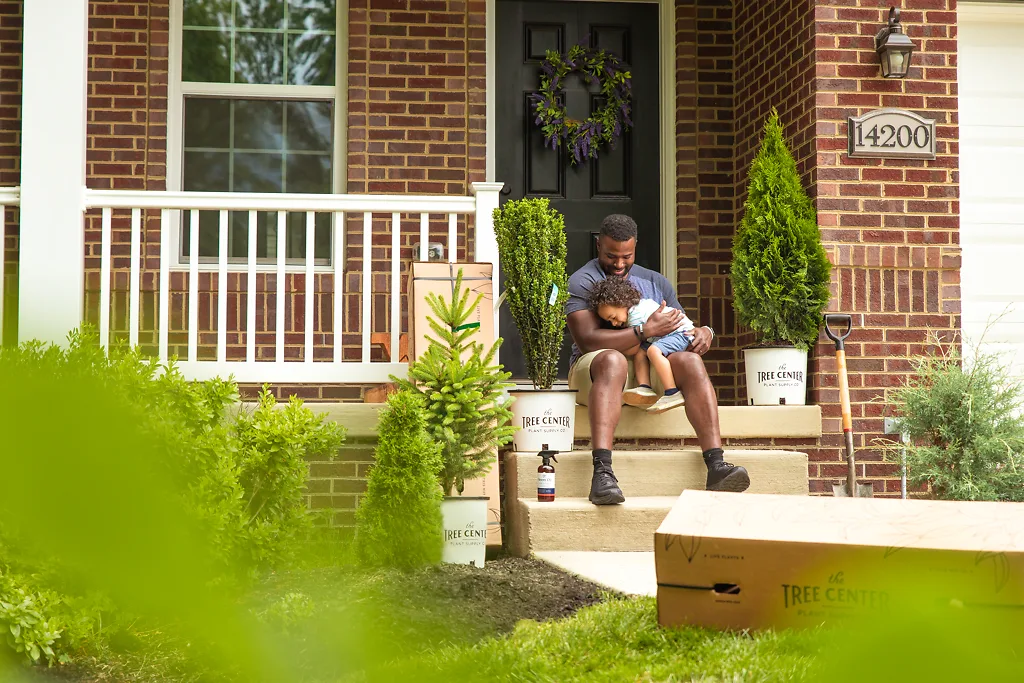
It’s this gap between what we dream of and what we pay for that makes buying plants so unique, and both exciting and frustrating. Because a lot of the ‘problem’ is in our attitude. Perhaps instead of thinking of a new plant like a piece of furniture, it is better to think of it as a new baby, a puppy or a kitten. A tiny bundle that will one day be graduating from Harvard of sitting elegantly at your feet. Right now, though, it cries, needs feeding, makes a mess, maybe gets sick, and generally is more work than fun.
Because let’s not forget, a plant is not a piece of furniture, but a living thing, full of potential and a stubborn determination to hang on to life, and thrive.
Skilled growers and nurseries have worked hard to create that tiny plant and nurse it through the really tricky stages of making roots and becoming established in its pot. They take pride in their work, know how hard it is, and do everything they can to make sure you get a healthy, bouncing baby – sorry, plant – that with your help will thrive.
So How Fast Will My Plants Grow?
Yes, you say, but how long is all this going to take? A helpful saying of old-time gardeners, which is especially useful with perennials, groundcover, grasses, roses, some fast-growing shrubs and hedging plants, is this, “One year sleep, one year creep, one year leap.” In other words, don’t expect much at all to happen the year you plant, and the next year either if you plant in fall. Then you will see some growth for a season, followed by a vigorous thrust of growth that will really start to show you the potential of this plant. If it is a tree, a rhododendron, a dwarf conifer or any of the more specialized shrubs, then you can probably make that, “Two years sleep, three years creep, ten years leap.”
Here at the Tree Center we take care to give mature sizes for plants that are genuinely their mature size. Many sources and nurseries give sizes that are after 5 years, or sometimes after 10. That can be fine for fast-growing plants, but in the garden 5 years is not long, and most of us live quite a few periods of 10 years. When it comes to trees, those big specimens that get in all the pictures can be 50 or 100 years old. So we often give a big range of ‘mature size’. The smaller number will be 5 or 10 years, and the larger one the ultimate size of a successful specimen, and could be decades into the future. But hey, many people live for decades in their house, and get to see just how big trees can get.
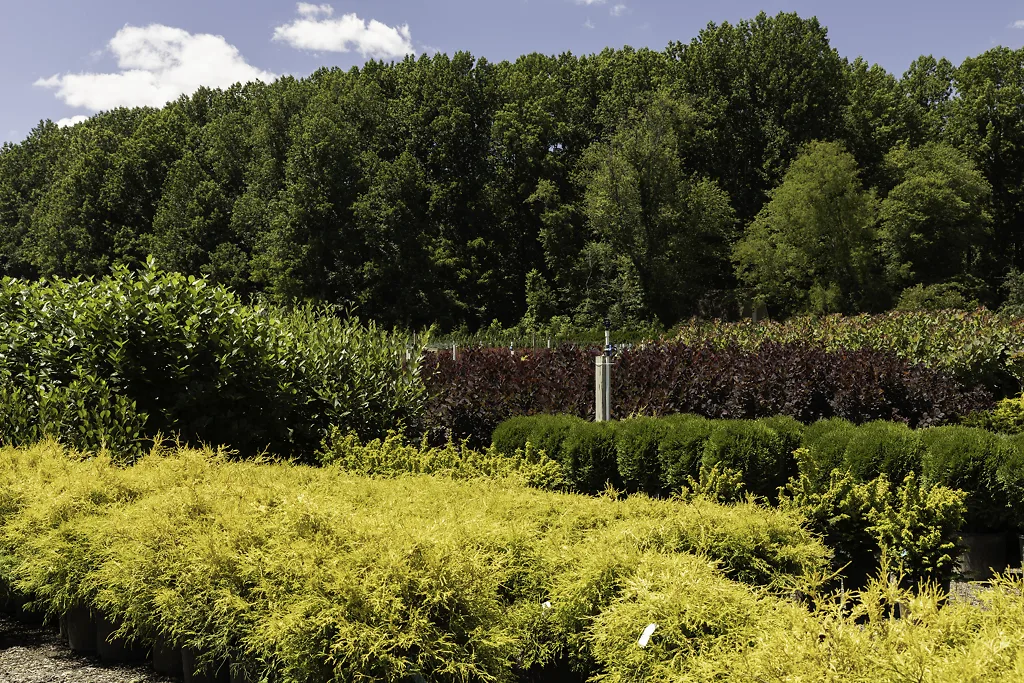
More importantly, when it comes to trees, you need to know the potential size so that you won’t plant it in a spot that is too small, or too close to a house, a road or a property line. Few things in life are more heartbreaking to a plant lover than seeing a big, mature tree or evergreen coming out because it has become too large for its location – someone years ago made a mistake.
Yes, But How Fast Will My Plants Grow?
If what we have said already doesn’t satisfy you, then take a look in the description and see the growth-rate. With all but the fastest-growers we try to give you an accurate idea of how much growth your plant is going to make each year. This can be 12 or 18 inches for some plants, but even that means it will take 10 years to reach 10 or 15 feet, and this could be a tree that has a maximum size of 80 feet. Some smaller shrubs, and especially dwarf conifer evergreens, grow just an inch or two a year, which means a decade to put on a foot of growth. So take a look at that number, which will give you a realistic idea of how long it is going to take for your dream plant to materialize.
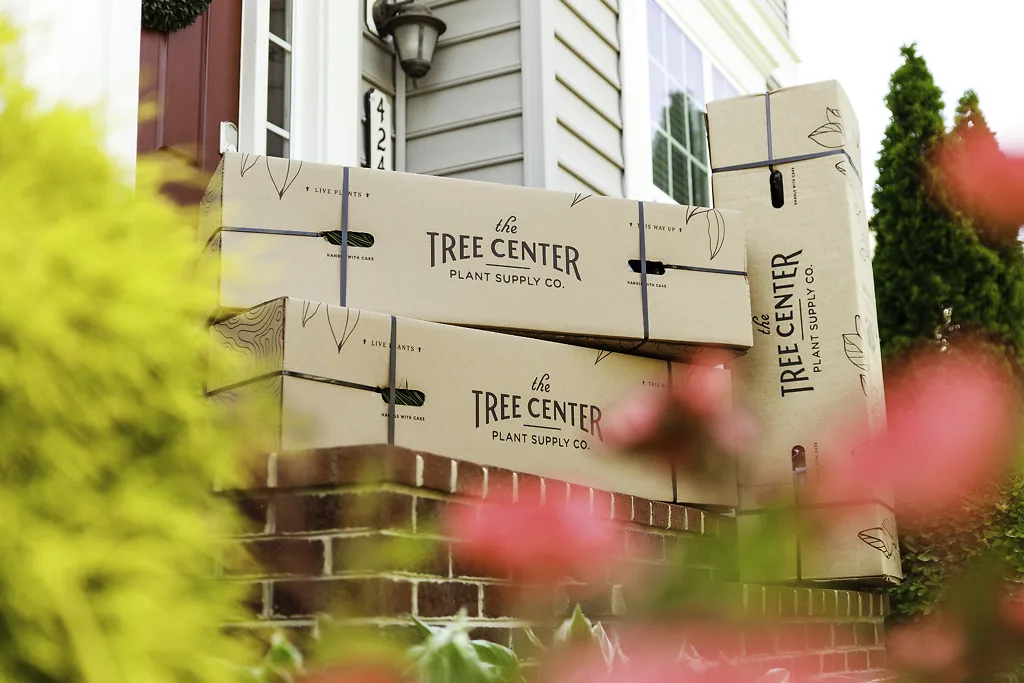
Don’t forget to consider too how fast time flies. Like a baby, they start off all diapers and bottles, and before you know it (that is, 5 years later), they are off to school and before long (another 15 years) those teenagers are off to college. See? Time really does fly, and it’s the same in the garden, where an unlikely collection of twigs and droopy leaves transforms into a thriving and attractive plant community.
OK, I Get It – But How Can I Get the Most Growth?
You are right, things are not entirely up to the plant. There are things you can do that will make a big difference, and they are all the basic things that make for success as a gardener. By taking the right steps, you can reach the maximum growth rate, not the minimum, and that can mean your plant reaches a certain size in half the time.
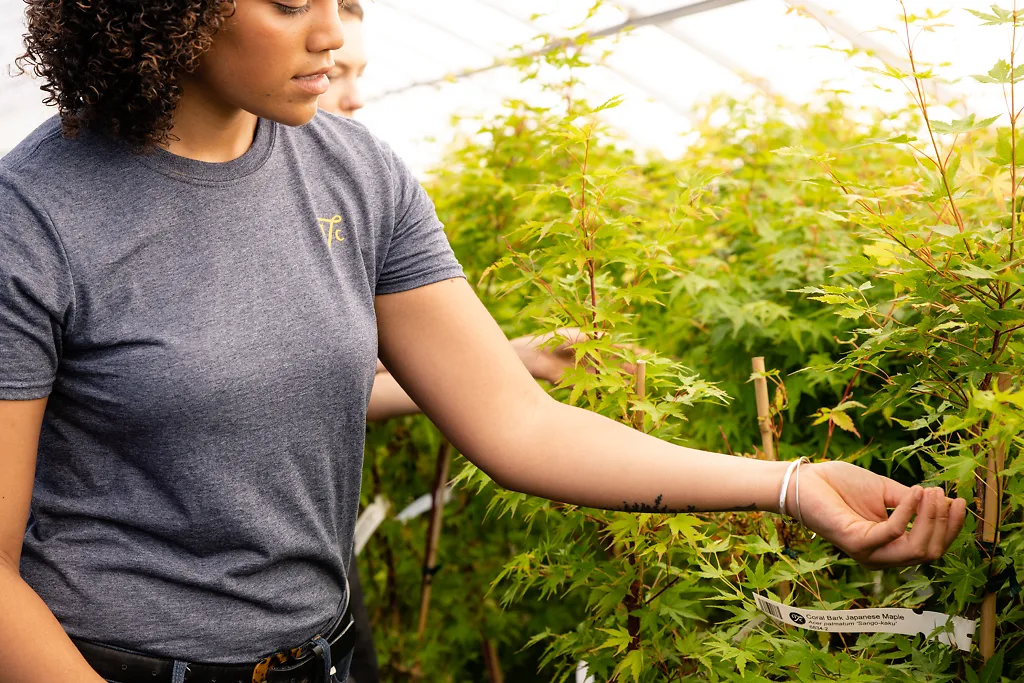
You know all this, but here, just in case, it is again:
- Find a location that fits the requirements of your plant – right amount of sunlight, suitable soil (especially pH), and in a suitable growing zone too.
- Prepare the location well, digging wide holes, adding composts or other organic material as needed.
- Plant properly, paying attention to planting depth and sufficient watering.
- Give good care in the first season, making sure your plant is watered sufficiently – but not too much.
- Begin from the beginning with correct pruning at the correct time of year.
- Do some development pruning of the crown of a tree by removing lower branches gradually, over several years, taking out crowded limbs and dealing with ‘narrow crotches’.
- For plants like hedges and roses, use a suitable fertilizer program.
- Watch out for pests – anything from deer to slugs, and for diseases, which may or may not be harmful to long-term development of your plant.
